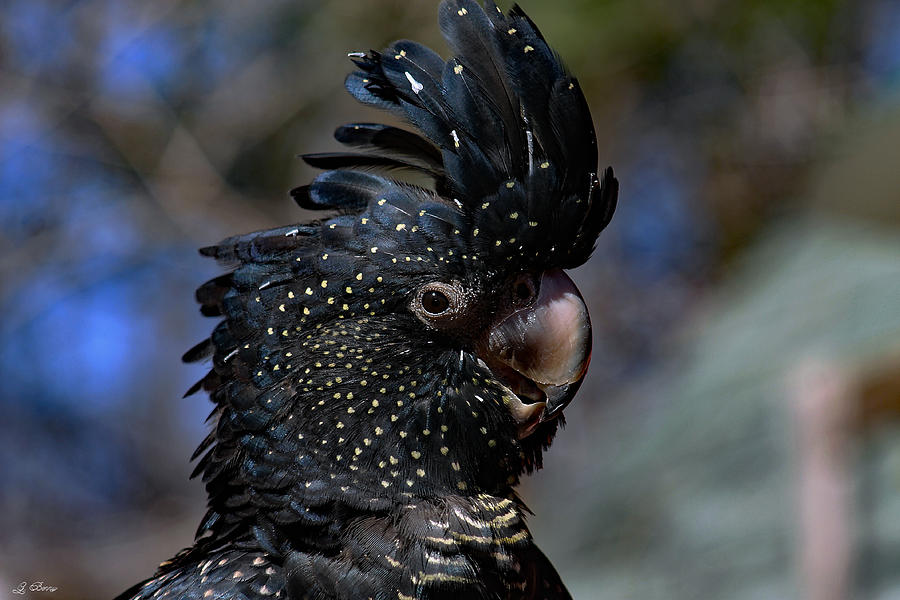

Favorite seeds are eucalypts, acacias, casuarinas, and banksias. However, they will also consume fruits, nuts, bulbs, flowers, and insects. These cockatoos are herbivores (granivores) and eat mainly seeds.

These cockatoos are not wholly migratory, but they do exhibit regular seasonal movements in different parts of Australia. Southern species feed mostly in the trees. In central and northern Australia, the cockatoo feeds in trees or on the ground. The flock returns to its roosting trees near water at the close of the day. They remain sheltered in the foliage around the middle of the day and return to the feeding areas late in the afternoon. They depart from their communal roost early in the morning to drink at a regular place, then disperse widely to feed. Flocks as big as 500 are usually seen only in the north or concentrated at a food source. Red-tailed black cockatoos are diurnal and raucous and are often to be seen flying in small flocks high overhead, sometimes alongside other cockatoos. They prefer Eucalyptus woodlands and riverside trees but can also live in a wide variety of habitats, including subtropical rainforest, farmland with scattered Eucalyptus, or grasslands with scattered trees. These birds live in open country as well as forests. They are not wholly migratory, but they do exhibit regular seasonal movements in different parts of Australia. Red-tailed black cockatoos occur in Australia and are more widespread in the northern drier parts of the continent. Her underbody has bars of pale orange-yellow with orange-yellow panels on the tail, barred black. The female has duller plumage with yellow spots on her head, wings, and neck. Adult males have a characteristic pair of bright red panels on the tail that gives the species its name. It has a crest that forms a helmet when the bird raises it and pushes it forward. The Red-tailed black cockatoo is a large cockatoo native to Australia.


 0 kommentar(er)
0 kommentar(er)
